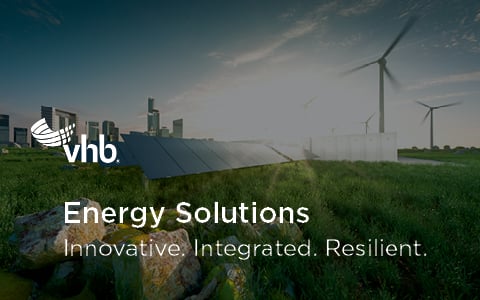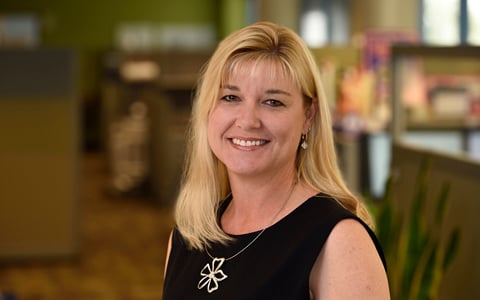
Growing up in suburban Miramar, Florida, in the 1970s and 80s, Shannon Ruby Julien had the best of both worlds with easy access to nearby Miami and Fort Lauderdale from a small-town that shared space with agricultural lands to the west and economic centers to the east. She’s seen a lot of change in the Sunshine State’s landscape since joining VHB’s Orlando office in 2016.
With 30 years of experience, Shannon serves environmental and energy clients both in-the-field and as a thought leader on regulatory issues. She was recently named VHB Florida Energy Market Lead and oversees a team of environmental scientists, water resources professionals, planners and engineers who help Southeast energy clients develop utility scale solar farms, build electric substations, and prepare communities for the effects of climate change. We spoke with Shannon about the changing energy landscape in Florida and across the Southeast.
Q. You’re a Florida native—that’s sometimes hard to find in a state with a constant influx of new residents. How did growing up in South Florida affect your choice of profession?
Shannon: My grandfather had a big influence on my career. He was a military man with a love for pecan trees, birds, and taking us on camping vacations to beautiful Florida springs and national parks. He could do amazing bird calls! I think just being exposed to a love of the environment during my childhood and then watching some of those spaces disappear through development, led me to the place I am today as an advocate for balanced development and conservation across markets and industries. I have a Bachelor of Science in Food & Resource Economics from the University of Florida, and Master of Science in Natural Resource Development from Michigan State University, so my career began in environmental analysis, which is the starting point for so many energy projects, as well.
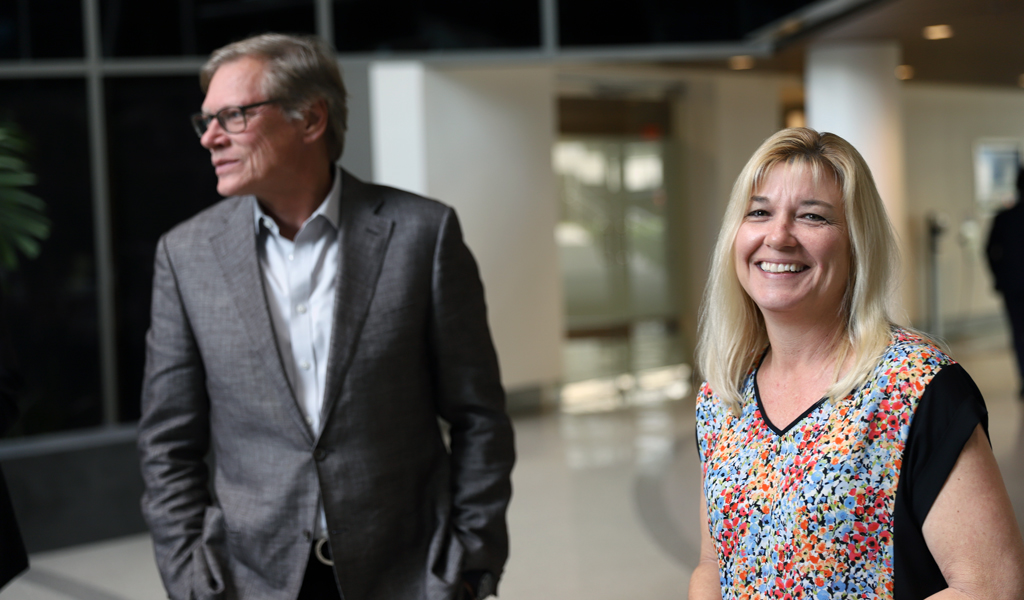
Q. How did your transition from environmental work to energy work take place?
Shannon: My progression from environmental sciences to energy came naturally due to the variety of clients I worked with early in my career. My utility experience started with assisting utilities with interconnects, new facilities and grid stabilization projects such as extending a natural gas pipeline across a river in Southwest Florida, transmission line and substation siting, and documentation of migratory birds like ospreys that nest on power poles. I also worked with large energy providers for a suite of energy and boots-on-the-ground environmental services such as the development of a new nuclear power plant site in Florida. That project also involved linear corridor analyses to create a new grid to tie the facility into the existing grid—in other words, determining how to transmit the electricity from the power plant to users.
Projects like this helped build a strong foundation and proficiency in NEPA documentation, and minimizing and mitigating impacts to wetlands and wildlife for complex projects. VHB has a diverse energy portfolio, and our focus now is heavy on helping clients by providing innovative solutions that help minimize impacts associated with climate change as we work towards a clean energy future.
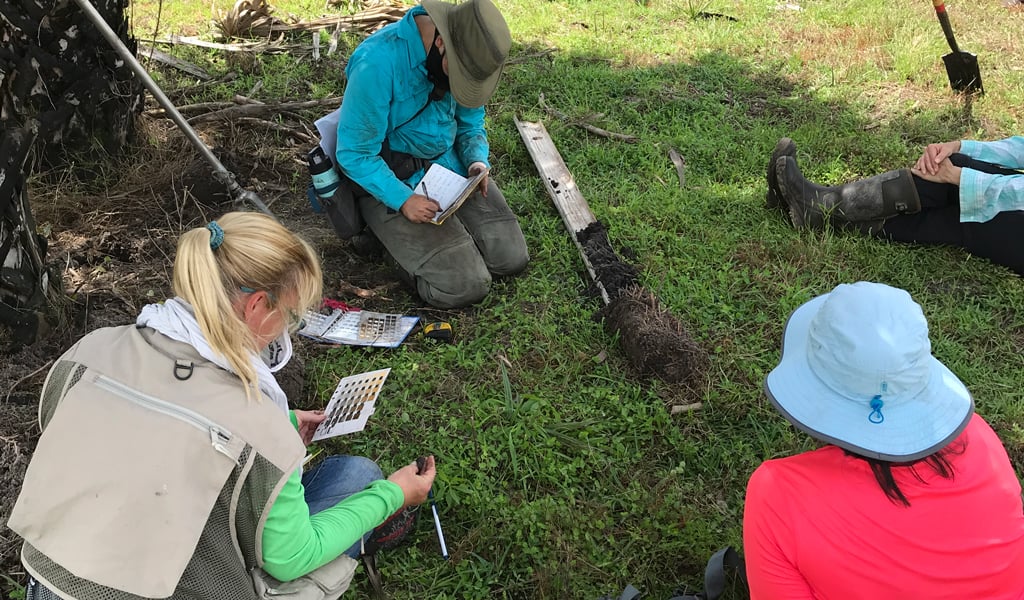
Q. It’s a critical time for energy in the U.S. What’s in store for energy clients in Florida?
Shannon: My goal is to promote forward-thinking strategies to aid multiple types of clients across markets. Our Florida clients include state DOTs, airports, municipalities, mining, telecommunications, and energy clients. We are helping them analyze and plan for transition to net zero futures in renewables, identify electrification causes and opportunities, repair and rehabilitate existing natural gas infrastructure, and prepare long-range plans for resilient, smart community development in order to achieve state Renewable Portfolio Standard (RPS) and locality goals.
Our clients need to consider new Florida regulations that allow for floating solar on man-made water bodies. Utilizing altered lands, such as mines, stormwater ponds, and borrow pits, could reduce the stress of deforestation often needed for large scale solar arrays. The state is drafting full guidelines for local government adoption.
The recent veto with respect to home and business solar net metering in Florida is also a win for smaller scale solar projects which help with sustainable and efficient building development, and also help reduce the environmental footprint required for utility scale projects. VHB’s integrated approach makes a difference. Clients that work with us have the advantage of our in-house teams of professionals in GIS, urban design, land planning, structural engineering, water resources, landscape architecture, transportation planning, sustainability, environmental sciences, and geomatics.
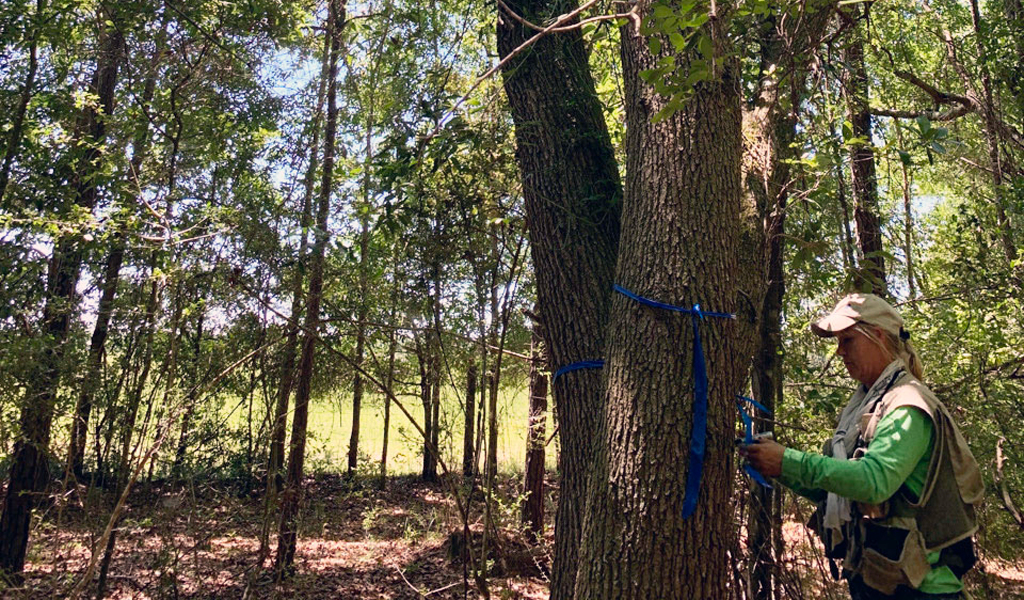
Q. What Florida and Southeast energy projects are you most excited about in 2022?
Shannon: Southern solar power is growing fast. We’ve developed a seven-step approach to help landowners and solar companies convert former agricultural land to solar farms and generate renewable energy for their communities. We walk clients through the environmental, permitting and site survey, entitlement acquisition, and environmental engineering processes to stabilize the land for solar facility entitlements and construction.
I am excited about growth in renewable energy sources, which are continually evolving. Green hydrogen is just one example, but I can imagine harvesting energy from the gulf stream someday—a source that could potentially power the entire state. We can capture the energy from the sun, the wind and waves. Why not major currents? We are truly in a global shift with respect to energy innovation and transition and it is affecting our lives via electrification of our homes, workplaces, and vehicles.
Q. How does your work in the Energy market complement the work we are doing in other VHB markets?
Shannon: VHB’s Energy team supports the work we are doing for clients across all markets. Here in the Southeast, our smart communities practice grew out of the Orlando Future-Ready City Master Plan. The 10 Foundational Elements of Smart Communities we define—like sustainable, resilient, and data-driven—are also elements of successful energy projects. Just look at VHB’s partnership with the City of Orlando and NASA where we are collecting stakeholder input to help the city prepare for advanced air mobility (AAM) and be a model for electric vehicle takeoff and landing (eVTOL) jets and vertiport implementation across the country. AAM is a zero emission and electrified mode of travel so it’s a game changer for cities that want to shift energy consumption to renewable sources and build healthier communities with clean, breathable air.
I am also collaborating with our planners on development of Pinellas County, Florida’s Sustainability and Resiliency Action Plan (SRAP) which includes a Clean Energy Roadmap. Part of becoming a resilient community involves pursuing renewable energy options. Our team is providing regulatory reviews and research about innovation in the energy market from case studies across the U.S., considering electrification, hydrogen and hydrogen based fuels, bioenergy, carbon capture and utilization, and much more. Cities are responding to the real implications of climate change and making commitments to change the sources used for energy generation.
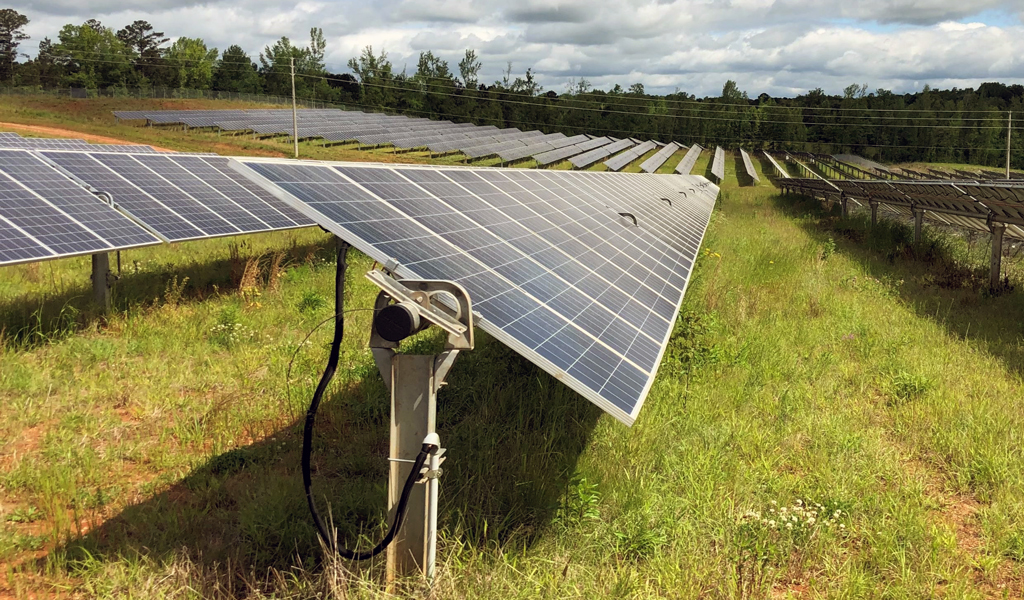
Q. The Infrastructure Investments and Jobs Act (IIJA) is structured to invest in our communities to help prepare them for climate events and become more resilient. How do you see those investments being distributed/making a difference in Florida energy markets?
Shannon: Florida climate action plans have tended to address sea level rise more than greenhouse gas emissions. That’s for good reason because we have so many vibrant coastal communities that are more susceptible to storms. There is a real opportunity to harden Florida’s energy grid and address all the factors that are related to climate and resiliency, such as preparing our cities for electric vehicle (EV) charging stations, zero-emission fleets, and increased energy storage options for power outages.
I would like to see funding toward greener public transit and transportation infrastructure, like solar lighting and storage solutions around interchanges and rest areas, implementing smart technology on our roads that can generate energy for cars, and converting buses to battery-powered electric fleets. Thinking outside the box with renewables, electrification, and alternative fuels creates more conversations about energy consumption and leads to innovation and improved efficiency.
For more information about how VHB's energy team can help your company or community be more resilient, reach out to Shannon.

